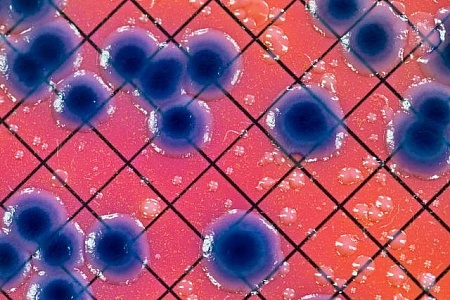Abstract
As the World Health Organization (WHO) points out, the foods most frequently involved in cases of Foodborne Illness (FBD) are those of animal origin. Among them, it is possible to mention the bovine, pig and avian meat, eggs, fish, crustaceans, mollusks and dairy products. Foodborne illness encompasses a wide spectrum of ailments and represent a growing of the public health. Food contamination can occur at any stage of the process from production to consumption ("from farm to fork") and may be due to environmental contamination, whether from water, land or the air (WHO, 2015).
In this sense, when we talk about meat and to assurance the food safety it is of great importance to focus on the industry and slaughtering processes. Speak of Food Safety is to guarantee that the consumption of any food will not cause any illness or harm to the consumer. Escherichia coli (E. coli) O157:H7 outbreaks affect the confidence of the entire production chain, from consumers to those who supervise the operation of food-producing establishments. This has led the countries authorities to question the rules of the game that define the context of the regulatory systems where economic activity and business take place.

